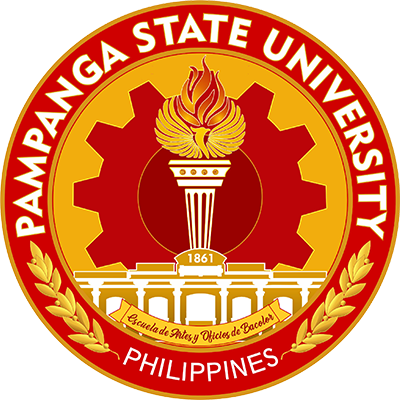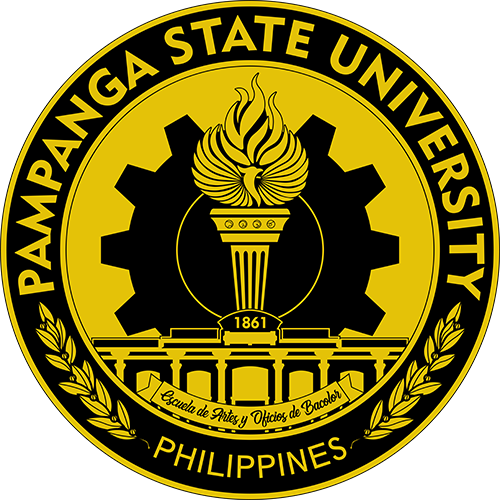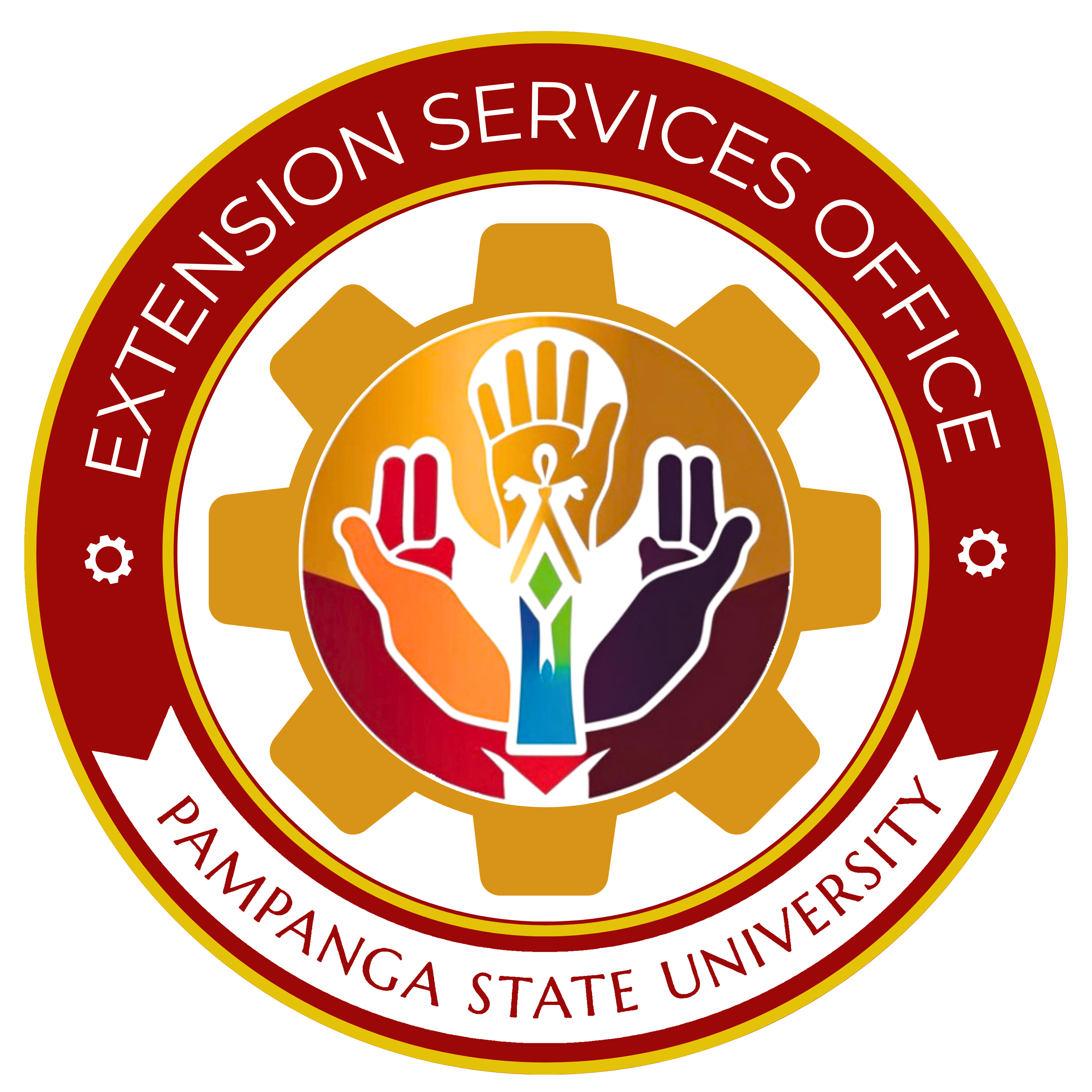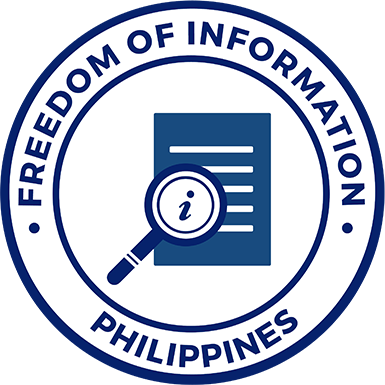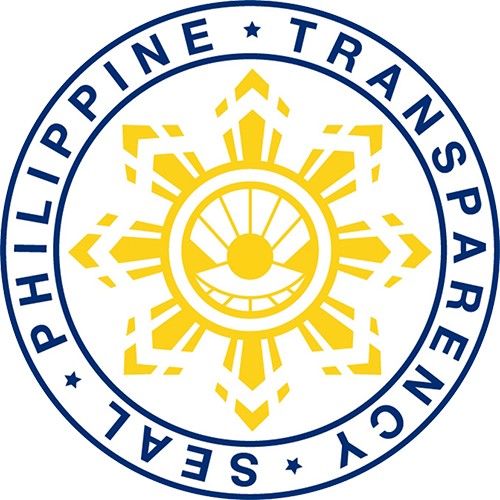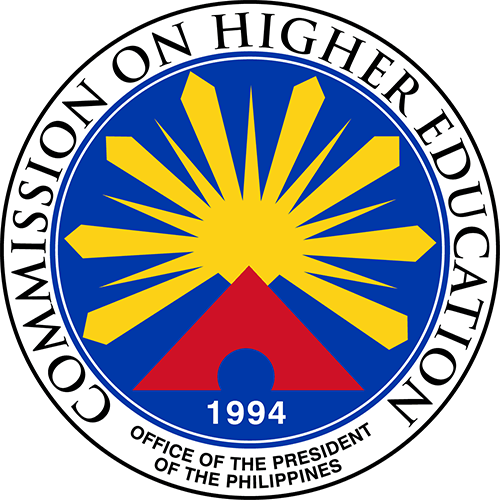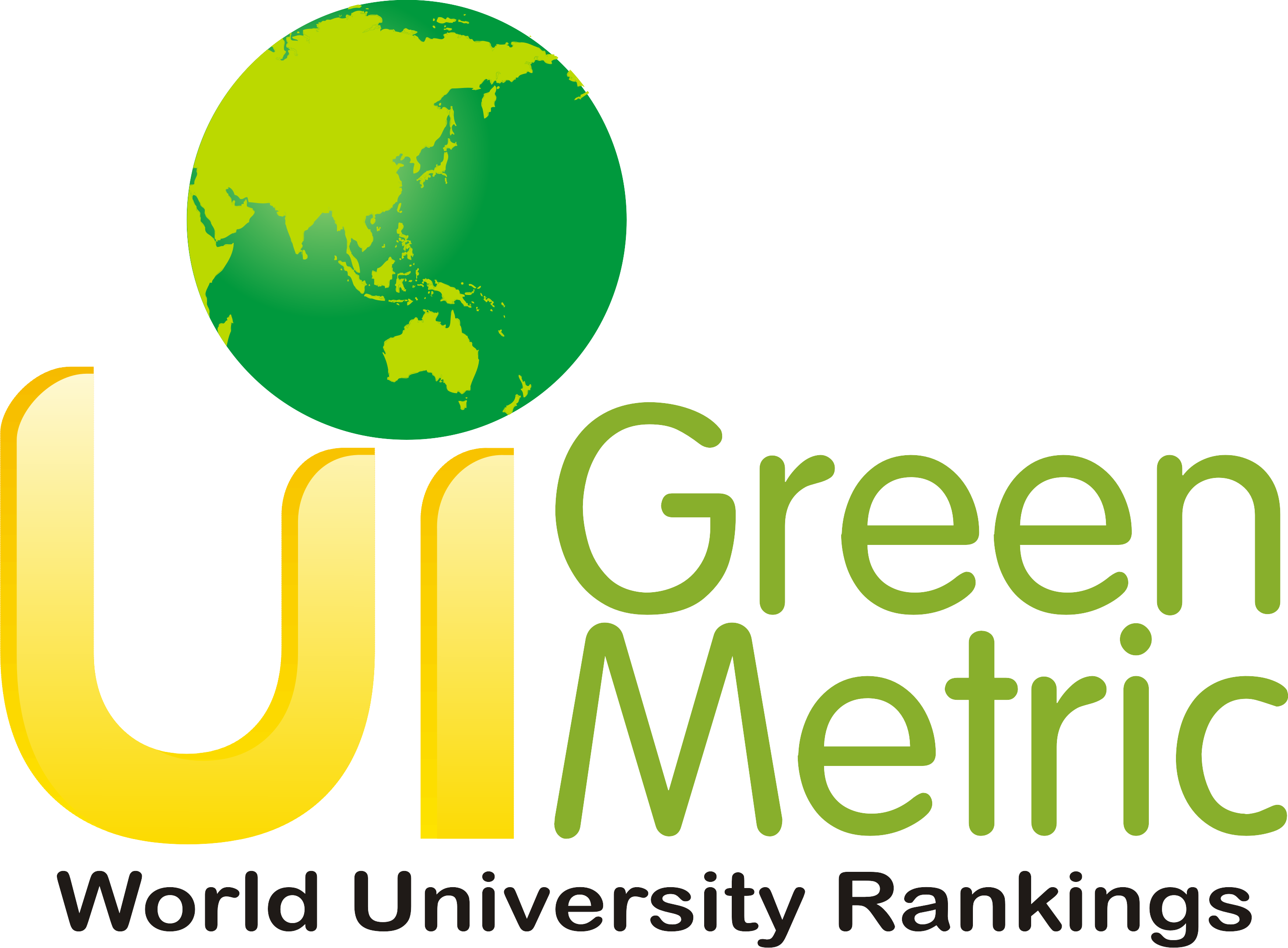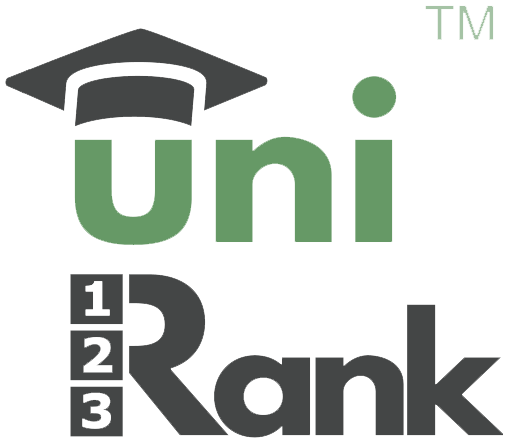Quality Policy
The Extension Services Office (ESO) commits to consistently provide quality and client- responsive extension programs, projects, activities and services that facilitates transfer of knowledge, skills, and/or technology to our target beneficiaries, in accordance with partners, funding donors, sponsors, and other benefactors’ expectations, and in accordance with legal and regulatory laws.
Goals
The ESO shall become a leading center for empowering communities through innovative and accessible extension services leveraging university knowledge and technology to promote sustainable development and improve the quality of life for our local, regional, national, and international stakeholders.
Objectives
The ESO aims to:
1. To ensure the relevance and timeliness of extension services.
2. To develop the extension services capability of faculty and student extensionists.
3. To establish sustainable extension networks and partnerships.
4. To transfer developed knowledge and matured technologies to its beneficiary communities.
5. To implement guidelines and procedures that direct the systematic execution of extension programs, projects, and activities.
Program and Services Strategies
1. The ESO seeks to accomplish its own quality policy, goals and objectives by employing the following strategies:
2. Review, evaluate, and implement Extension Services Agenda.
3. Conduct continuous orientations, training seminar-workshops and other related capability building activities for ESO staff, faculty and student extensionists.
4. Conduct Needs Assessment and/or Community Profiling for every project proposal.
5. Strengthen linkages and partnerships with different agencies and organizations, public or private, to ensure the effective mobilization of the parties’ resources in adhering to community needs.
6. Source out technical and funding assistance from both government and non- government agencies, locally and internationally.
7. Strengthen the documentation, monitoring and evaluation processes of each project.
8. Plan and manage the conduct of Project Impact Assessment for each completed project in partnership with the Research Management Office.
9. Promote/ prioritize research-based extension projects or projects leading to research outputs for the improvement of the quality of life of the adopted community and beneficiaries.
10.Adopt the Community Organizing and Participatory Active Research (COPAR) in the implementation of Extension programs specifically the community adopt project.
11. Facilitate the dissemination of completed extension projects through conferences and publications.
Extension Services Agenda
Consistent with the mandate of each program and aligned with SDG platforms recommended by CHED, the university encourages each college/campus/unit to conduct extension projects and programs congruent to DHVSU Extension Agenda:
LUID
• Lugud at Kasuyuan para king Teknolohiya
• Uranan Kabiasnan at Kasenayan para king Beluan, Kultura, Arte, Serbisyu Publiku at Pamamalakad king Gubyernu
• Ipagkalub at Idake ing Gelingan king Komersyu, Negosyu at Kabyayan
• Duang ing Gamat para king Kaligtasan, Kalusugan, at Likas a Yaman
Extension Services Priority Areas
1. Technology, Engineering, and Renewable Energy – extension projects can include technical advisory services and technology utilization under (1) Industrial Prototype Design, (2) Process Engineering, (3) Materials Engineering, and (4) Environmental Engineering catering to the needs of a community. Extension projects and programs can include the assessment of renewable energy relating to electricity or energy consumption. Partnerships with funding institutions will be required for projects with adoption and/or installation of such renewable energy. Also, in the area include the promotion and facility of the transfer, dissemination and the effective use, management, and commercialization of intellectual property, technology and knowledge resulting from R&D.
2. Information and Communication Technology – extension service may include trainings and workshops for Office Automation, Database Management, ICT Services, Knowledge Product Generation, Biometrics, Web Applications, and others.
3. Education, Sports Wellness and Development – extension projects can include adoption of Teaching Methods/ Approaches and Techniques, literacy and numeracy programs, Community education, Sports Wellness and Development.
4. Humanities, Social Sciences, Culture and Arts – extension services may include trainings in Gender and Development, Social Advocacy Projects, Indigenous People, promotion and preservation of culture and arts.
5. Governance, Legal Aid, and Public Policy Development - extension services in this area may include legal aid and advocacy; policy research and development; capacity building for Local Government Units (LGUs);community development initiatives; and human rights and social justice.
6. Small and Medium Enterprises – extension programs within this area include capability and livelihood programs and non-degree training courses in Hotel and Restaurant Management, Food Preparation and Processing, Enterprise Development and Improvement, Financial and Marketing Management, Supply Chain Analysis and others. Also, training courses for advance continuing education in engineering science and technology management requirement of small-scale enterprises are within this area.
7. Extension Innovation Business – this area covers the promotion and showcase of Research Mature Technology turned into commercial and saleable products.
8. Natural Resources Management – the scope of extension projects and programs within this area include but not limited to the following: Environmental Management (Waste Management, Water Quality Management, Pollution Control), Environment and Biodiversity Conservation.
9. Disaster Risk Reduction and Management – extension projects and programs can include the promotion of the advocacy to climate change adaptations and resilience, discussion of environmental issues, as well as training of communities for the proper response in times of calamities and disasters, natural or man-made.
10. Safety and Health – strategies for enabling better integration of services in the promotion of health and safety; prevention of diseases and illnesses; and management of risks focused on biological, chemical, and environmental hazards.
